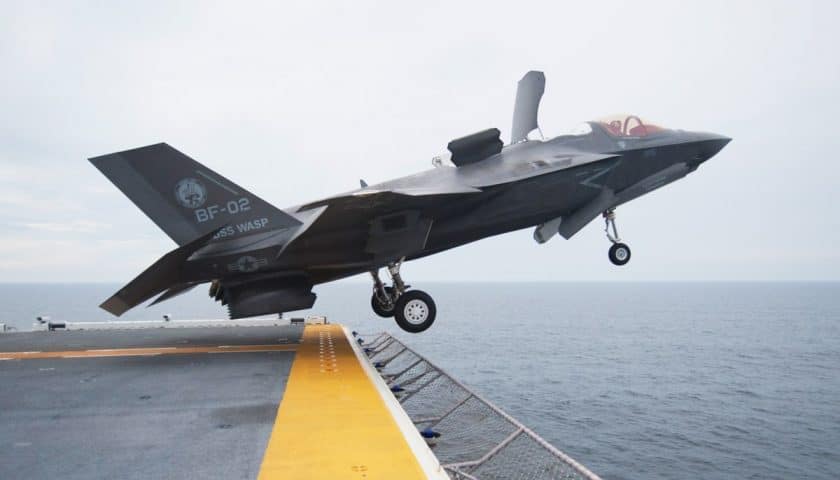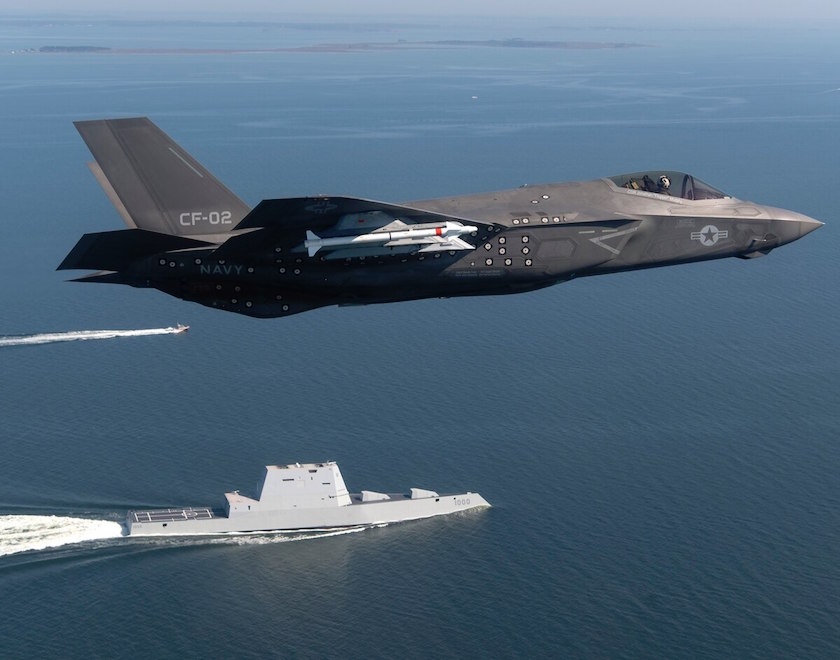After investigating this question for several months, Defense News finally got the confirmation that the structural problems encountered by the F-35 at supersonic speeds would simply not be solved. For the moment, this would only concern the F-35B of the Marines and the F-35C of the Navy, and not the F-35A used by the US Air Force and most export customers of the aircraft.
Since last year, the Pentagon has recognized that the two naval variants of the F-35 suffer from serious problems when they fly above Mach 1. Indeed, unlike most modern aircrafts, the F-35 is incapable to fly at supersonic speed without using afterburner. However, this afterburner may cause an excessive increase in heat and vibrations on the rear of the cell of the aircraft, which is also found subject to the very specific aerodynamic constraints of supersonic flight. Concretely, this situation would cause damage to the structure of the aircraft (in particular its horizontal tail) but also to the stealth coating of the aircraft and part of its electronic warfare sensors.


75% of this article remains to read,
Subscribe to access it!
The Classic subscriptions provide access to
articles in their full version, and without advertising,
from 6,90 €.
Newsletter subscription
Register for the Meta-Defense Newsletter to receive the
latest fashion articles daily or weekly

